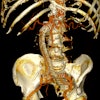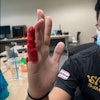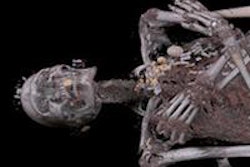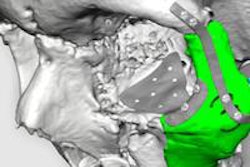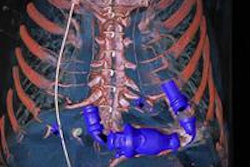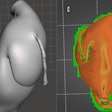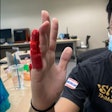Dear Advanced Visualization Insider,
King Richard III of England was long considered to be severely disabled and "hunchbacked," but thanks to 3D reconstruction and printing technology, researchers now know that he actually just had scoliosis.
A team from the University of Leicester, the East Midlands Forensic Pathology Unit, and the University of Loughborough joined forces on the project. Find out how they created the 3D printed model of King Richard III's spine by visiting here.
A Swedish group also is applying advanced visualization techniques to an initiative that aims to uncover secrets of Egyptian mummies. Learn how by clicking here.
In other articles this month in your Advanced Visualization Digital Community, French researchers recently found that computer-aided diagnosis (CAD) software can improve the performance of radiologists in characterizing focal prostate lesions on multiparametric MRI. Specificity improvements were seen in both less experienced and experienced readers. Click here for the details.
A Brazilian team has concluded that fusing FDG-PET and MR images can improve on the specificity performance of breast MRI.
Inexperienced readers aren't the only ones who can benefit from CAD software for CT colonography studies. Even those with moderate levels of experience can significantly increase polyp detection sensitivity from use of CAD, according to recent findings from a multicenter trial. Staff writer Eric Barnes has our coverage, which you can access here.
Do you have an idea for a topic you'd like to see covered? As always, please feel free to drop me a line.

